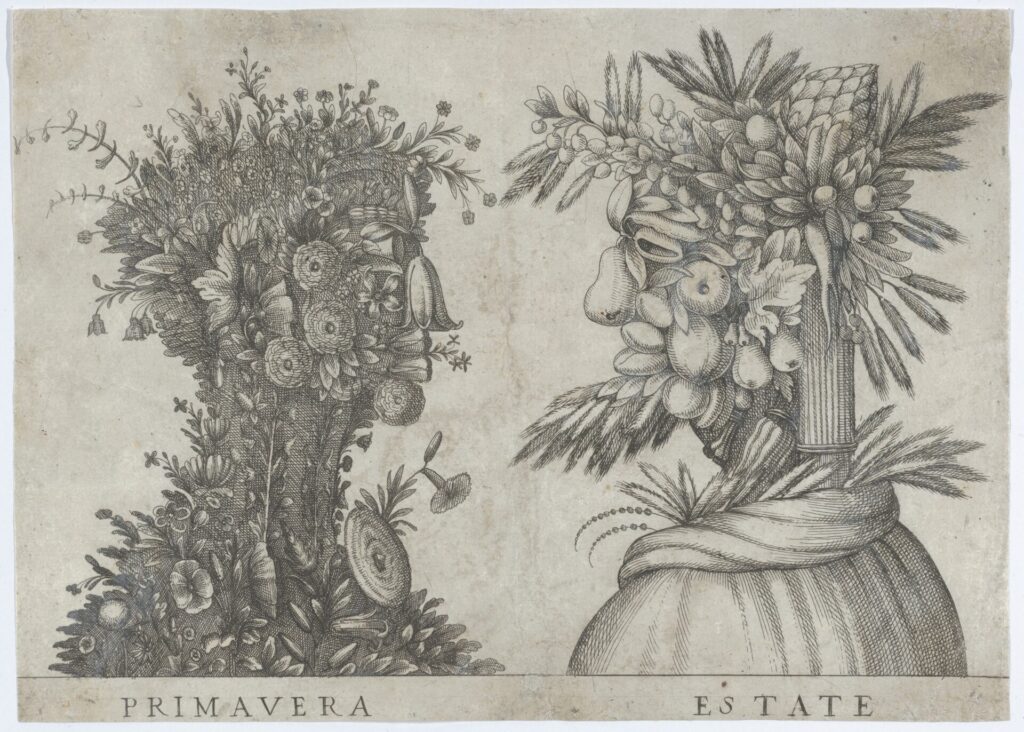Content Warning
Please be advised that the following exhibition contains subject matter that some visitors may find upsetting, and includes references to the climate crisis, slavery, racism, death, and financial hardship.
Further Information
For full references, copyright information, and details of further reading, please click below.

An extract from The Human Seasons, John Keats, 1819Four Seasons fill the measure of the year;
There are four seasons in the mind of man
Have you ever stopped to consider the impact the seasons have on your experience of the world? For millennia, human beings have been honing our ability to adapt to the challenges and wonderful opportunities presented by the cycle of the seasons. Whether it be developing systems to grow food, surviving cold temperatures, or enduring heat, an impressive array of technological advancements can be attributed to our most basic desire to survive, and thrive. And it is the world’s artists and creatives who have chronicled this process.
All culture is geographically bound, developing out of the unique experiences of a community within their environment. In many places, what started as necessary procedures to safeguard a person’s physical or mental well-being have flourished into traditions or festivals that have long outlived their practical roots. Ignoring the seasons, though, comes at our peril. Since the industrial revolution, human interventions have caused a devastating breakdown in the natural world, altering the ways we relate to our environment and endangering the cycles on which we have come to rely. Today, in 21st-century Leeds, we might ask ourselves: what would happen if the seasons as we know them disappeared?
This exhibition has been developed using the collection of The Metropolitan Museum of Art, with loans from The Science Museum Group and NASA. Whilst navigating this exhibition, you are invited to consider the works of art and lines of poetry you come across within the context of your own life. As you move through time, from Ancient Greece to 20th-century America, you will encounter pieces of creative expression originating in different times and cultures. They may appear to clash. But they speak to universal experiences. So, allow yourself to be provoked, and ask yourself; what does this mean to me?

I
The Ages of Man

II
Surviving and Thriving

III
Today & Tomorrow


